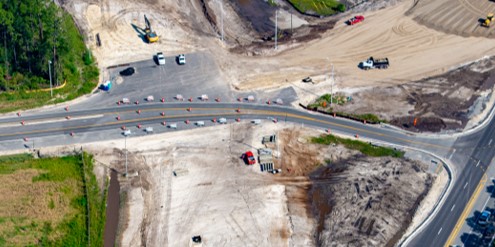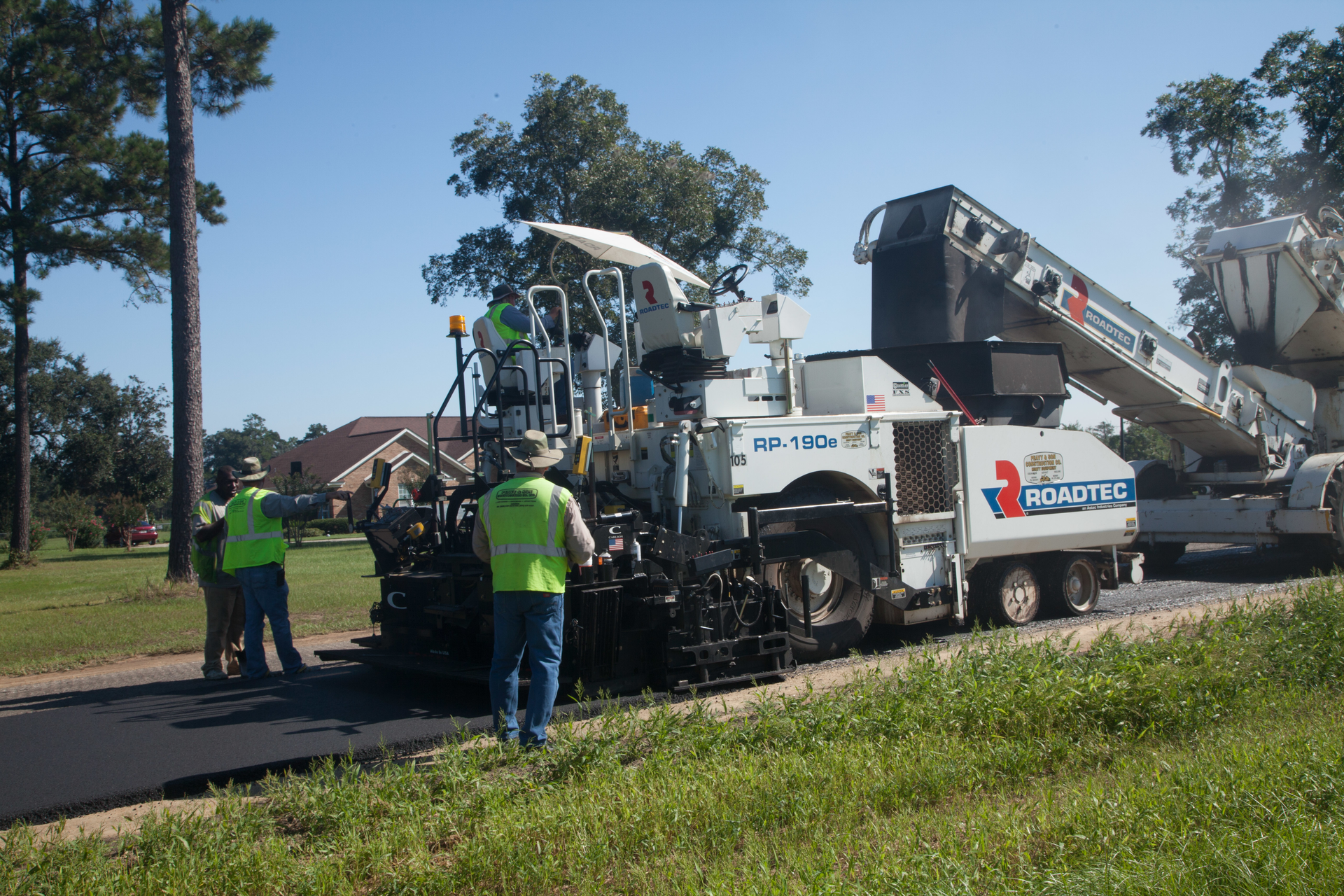
The examinataino is at the end of the third day. We can offer any of the CTQP Asphalt courses.Ĭourse Objective: To assure personnel responsible for inspecting asphalt pavement construction (paving and compaction) are familiar with FDOT Specification requirements, good construction practices and equipment operation necessary to place and compact a Superpave mixture which will meet requirements for smoothness, texture, denisity, cross slope and thiickness.ĭuration of Class: Three days. The sampling locations are to be marked prior to rolling and the samples taken after the paving train. The Engineer and Contractor will select sampling locations using a random selection method. DEFINITIONS: FDOT: Florida Department of Transportation (Department). Method B - This method samples the asphalt mixture from behind the paver using a shovel after placement of the asphalt mat and prior to compaction. With a team of extremely dedicated and quality lecturers, ctqp self study courses will not only be a place to share knowledge but also to help students get inspired to explore and discover many creative ideas from themselves. This process does not apply to Law Enforcement Officers. We are happy to announce we can offer this course at this time. ctqp self study courses provides a comprehensive and comprehensive pathway for students to see progress after the end of each module.

We take pride in having well rounded experience we can translate to the classroom for our students.
Fdot training vidieo on asphalt texture plus#
If you are not an FDOT employee, please check with your state board to determine whether you will receive PDH credit for this course.A Plus Training by Ron Henley has 39 years of experience dealing with laboratory and field test procedures. Please Note: This course was developed specifically for FDOT employees. This program considers diverse factors and allows different levels of service for varying maintenance elements and highway classifications. Regardless of its cause (end-of-load or thermal), one of the immediate consequences of asphalt segregation is a non-uniform surface texture. If the Contract calls for an alternative asphalt binder, meet the requirements of FDOT Specifications Section 336 or 916, as appropriate. This 4-hour online course thoroughly reviews the handbook. Unless specified elsewhere in the Contract or in 334-2.3.3, use a PG 67-22 asphalt binder from the FDOT’s Approved Products List (APL). This method, called the Maintenance Rating Program, was implemented in April 1985 and is the basis for the FDOT Maintenance Rating Program Handbook. To combat these inconsistencies and resulting lower levels of maintenance, a systematic and formal method of making policy decisions for desired levels of maintenance was developed.

Consequently, because of these many and complicated factors, inconsistent decisions were made that resulted in unintended lower levels of maintenance. In the past, the decision of which elements should be maintained at a desired level of service and which should be allowed to regress were made informally by maintenance personnel (e.g., field supervisors). Automatic Detection of Asphalt Pavement Raveling Using Image Texture Based Feature Extraction and Stochastic Gradient Descent Logistic Regression. These desired maintenance conditions are neither a minimum or a maximum condition, but rather a level of service influenced by a number of considerations such as safety, protection of public investment, comfort, economics, environmental impact, aesthetics and not least, money constraints on available resources (personnel, equipment and materials). Now, nearly three years after FDOT completed work on the roadway in Miami's Upper Eastside, res-idents there say vehicles whiz through the neighborhood, making.


Field supervisors are assisted in maintaining desired conditions by following recommended levels of service prepared by maintenance engineers for various highway elements (roadway-pavement, roadside, traffic services, drainage, and vegetation). When the Florida Department of Transportation first embarked on the renovation of Biscayne Boulevard, state officials promised to mix traffic flow with pedestrian-friendly enhancements. The Florida Department of Transportation is responsible for maintaining the highways in a safe and comfortable condition for the users and for protecting the public investment in these facilities.


 0 kommentar(er)
0 kommentar(er)
